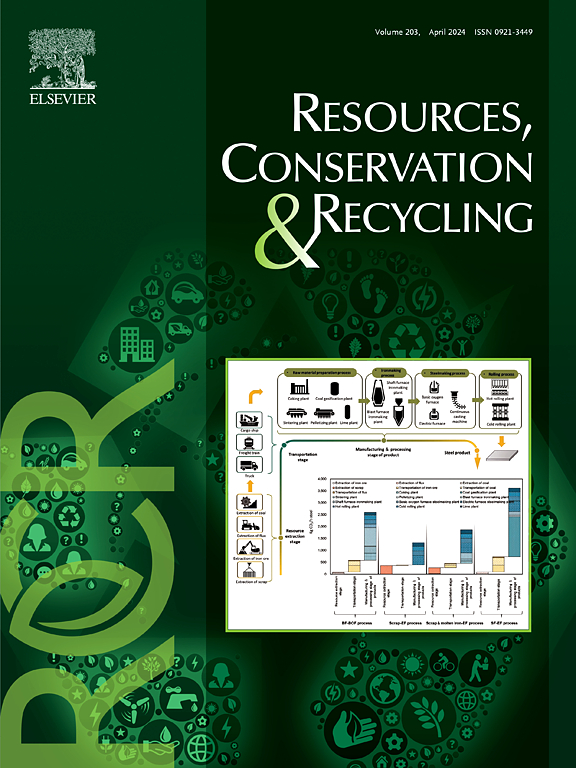Examining building deconstruction: Introducing a holistic index to evaluate the ease of disassembly
IF 11.2
1区 环境科学与生态学
Q1 ENGINEERING, ENVIRONMENTAL
引用次数: 0
Abstract
The construction industry faces significant environmental challenges, with 35 % of global construction and demolition waste ending up untreated in landfills and <9 % of materials reused worldwide. Industrialized and circular construction approaches hold promise for sustainability, especially by promoting building designs for easier disassembly and material recovery. However, assessing building deconstruction potential remains challenging, exacerbated by the interchangeable use of disassembly-related terms, leading to misunderstandings of deconstruction and its measurement. This study addresses these issues by proposing a Disassembly Ease Index (DEI) based on seventeen key variables identified through a comprehensive literature review. The DEI, tested in a case study, was found to be sensitive to factors such as connection types, required disassembly tools, and deconstruction methods, all of which significantly influence value retention options like reuse. The research not only clarifies deconstruction terminology and confirms the relationship between more industrialized, circular designs and greater disassembly efficiency but also offers a practical tool for assessing the deconstruction potential of buildings.

求助全文
约1分钟内获得全文
求助全文
来源期刊

Resources Conservation and Recycling
环境科学-工程:环境
CiteScore
22.90
自引率
6.10%
发文量
625
审稿时长
23 days
期刊介绍:
The journal Resources, Conservation & Recycling welcomes contributions from research, which consider sustainable management and conservation of resources. The journal prioritizes understanding the transformation processes crucial for transitioning toward more sustainable production and consumption systems. It highlights technological, economic, institutional, and policy aspects related to specific resource management practices such as conservation, recycling, and resource substitution, as well as broader strategies like improving resource productivity and restructuring production and consumption patterns.
Contributions may address regional, national, or international scales and can range from individual resources or technologies to entire sectors or systems. Authors are encouraged to explore scientific and methodological issues alongside practical, environmental, and economic implications. However, manuscripts focusing solely on laboratory experiments without discussing their broader implications will not be considered for publication in the journal.
 求助内容:
求助内容: 应助结果提醒方式:
应助结果提醒方式:


